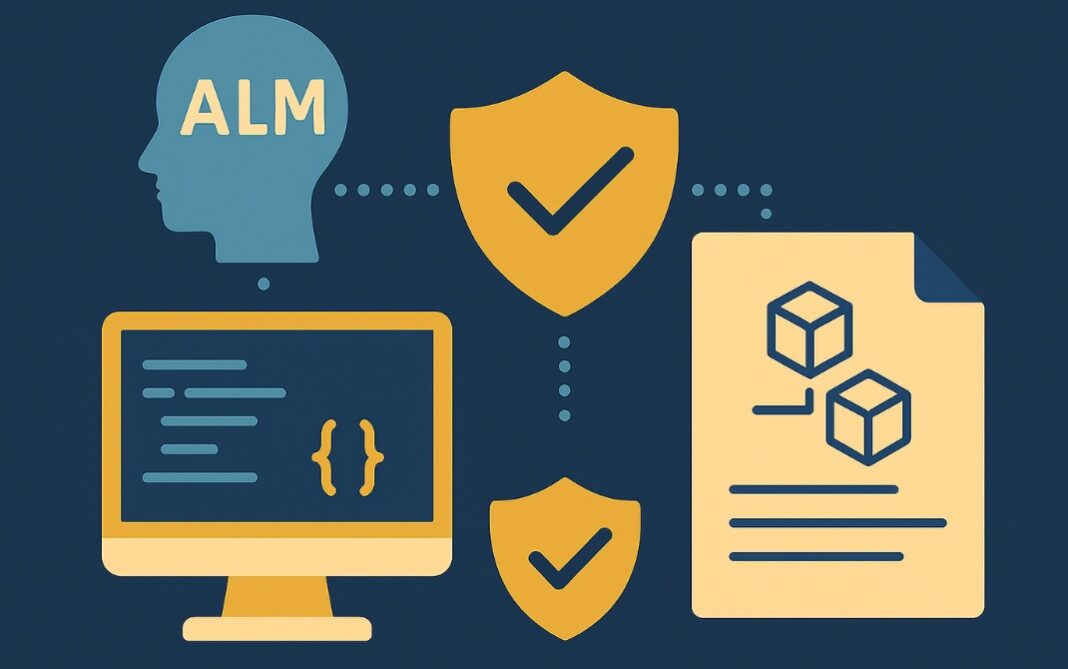The blockchain ecosystem expands daily, and with it, the complexity and attack surface of decentralized applications (dApps). Traditional Smart contract security testing tools, like the revered symbolic execution engine Mythril and static analyzer Slither, established the foundation for automated security.
These essential tools expertly flag known vulnerabilities like reentrancy, integer overflow, and access control issues. However, modern dApps often feature intricate business logic, complex cross-chain interactions, and novel economic designs that challenge even the most sophisticated conventional analysis. Smart contract security testing tools needed an upgrade to keep pace with innovation.
Also Read: Logic Flaws & Business Risk: The Hardest Vulnerabilities to Find on a Smart Contract
The Dawn of AI-Augmented Security
We are now witnessing a significant evolution: the integration of Large Language Models (LLMs) and Machine Learning (ML) into Smart contract security testing tools. LLMs move beyond merely identifying technical flaws; they help security researchers understand the intent of the code.
Traditional tools struggle with determining if a block of code, while technically correct, violates the contract’s intended business logic, for example, if a token transfer mechanism allows an unauthorized action not covered by a simple role check.
AI and Smart Contract Security Testing Tools
The current crop of advanced security platforms is already leveraging AI to enhance the detection and reporting process. These next-generation Smart contract security testing tools perform two critical functions:
- Guided Fuzzing and Symbolic Execution: AI/ML models analyze vast datasets of historical vulnerabilities and attack patterns. They use this intelligence to guide fuzzing tools (like Echidna or Medusa) to explore the most likely “path of despair” in a contract, dramatically increasing the probability of finding a zero-day exploit. They significantly optimize the efficiency of existing Smart contract security testing tools.
- Natural Language Specification Comparison: This is where LLMs truly shine. Developers often provide a natural language specification (e.g., “Only the owner can pause the contract”). An LLM-enhanced Smart contract security testing tool can read both the human-readable spec and the Solidity code, then flag discrepancies where the code deviates from the intended behavior, catching subtle logic flaws that manual audits often miss. You must use these intelligent Smart contract security testing tools to ensure comprehensive coverage.
Preparing for a Future of Proactive Defense
The evolution from foundational static analysis to AI-powered dynamic and logic verification marks a new era in blockchain safety. Developers and auditors must embrace these advanced Smart contract security testing tools. They do not replace the need for human auditors; rather, they augment human capability, automating the mundane checks and freeing experts to focus on the truly complex, systemic risks. Adopting these new tools now ensures your dApps remain resilient against the increasingly sophisticated threats in the DeFi landscape. You must integrate these advanced Smart contract security testing tools into your CI/CD pipeline immediately.
Also Read: Preparing for a Blockchain Audit: Best Practices for Startups and Developers
Conclusion: Embracing the Future of Security
The age of simple, isolated checks is over. The future of decentralized finance relies on the rapid integration of intelligent Smart contract security testing tools. By looking beyond the capabilities of past generations and incorporating AI, the community raises the bar for security, building trust, and securing billions of dollars in digital assets.




